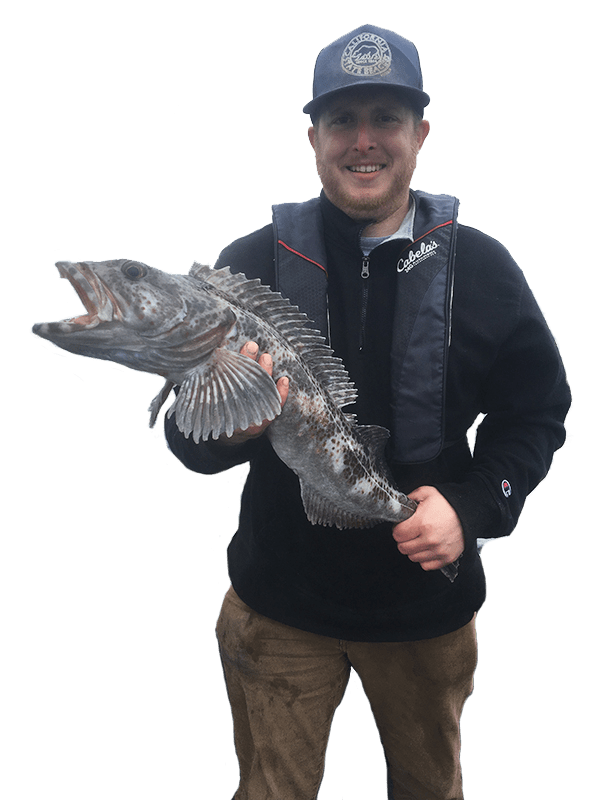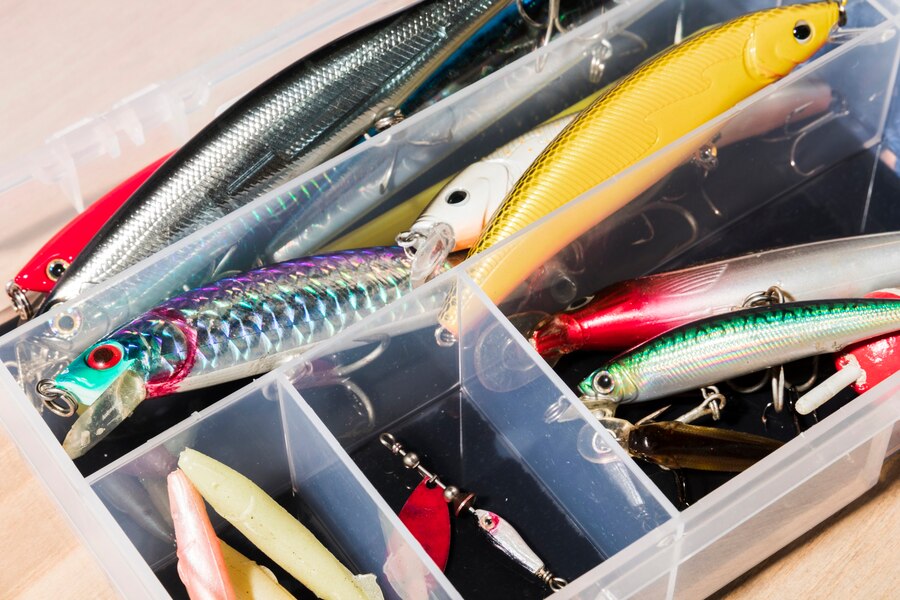What to Know About Oregon Fishing Regulations and Conservation Practices
Fishing in Oregon is a treasured pastime, offering abundant opportunities to catch a variety of species in pristine rivers, lakes, and coastal waters. However, to preserve these valuable resources for future generations, it’s crucial to understand and adhere to the state’s fishing regulations and conservation practices. Here’s what you need to know to enjoy a sustainable and responsible fishing experience in Oregon.
Fishing License Requirements
To fish legally in Oregon, anglers aged 12 and above must possess a valid fishing license. Oregon offers several types of licenses to accommodate different needs, including annual, multi-day, and daily licenses. Residents and non-residents can choose from these options, with special rates available for youth and seniors. Licenses can be conveniently purchased online through the Oregon Department of Fish and Wildlife (ODFW) website, at authorized retailers, or at ODFW offices.

Understanding Bag Limits
Bag limits are essential for managing fish populations and ensuring sustainable fishing practices. These limits vary by species, location, and season. For example, the daily bag limit for trout in most Oregon waters is five fish, while for salmon and steelhead, it typically ranges from one to two fish, depending on the waterbody and time of year. The ODFW regularly updates these limits based on fish population assessments, so it’s important for anglers to check the current regulations before heading out.
Catch and Release Practices
Catch and release is a critical conservation practice that helps maintain healthy fish populations. When practicing catch and release, anglers should use barbless hooks to minimize injury, handle fish with wet hands or gloves to protect their slime coating, and release fish quickly back into the water to increase their chances of survival. Additionally, using appropriate tackle to land fish swiftly can reduce stress and potential harm to the fish.
Species-Specific Regulations
Different fish species have unique regulations to protect their populations. For instance, some rivers have specific rules for salmon and steelhead, including restrictions on fishing methods, gear, and seasonal closures during spawning periods. Sturgeon fishing is highly regulated, often limited to catch and release only, with size restrictions to protect breeding fish. Understanding these species-specific rules is vital for compliance and conservation.

Invasive Species Prevention
Invasive species pose a significant threat to Oregon’s aquatic ecosystems. To prevent their spread, anglers should clean, drain, and dry their gear, boats, and trailers after each use. Oregon requires that all watercraft be inspected for aquatic invasive species at designated stations, and an Aquatic Invasive Species Prevention Permit is mandatory for most boats. Being vigilant and following these practices helps protect native species and habitats.
Habitat Protection
Protecting fish habitats is integral to conservation efforts. Anglers can contribute by following Leave No Trace principles, which include packing out all trash, avoiding trampling vegetation, and staying on designated trails. Additionally, participating in local habitat restoration projects, such as stream cleanups and riparian planting, can have a positive impact on fish populations and the overall health of aquatic ecosystems.
Marine Protected Areas
Oregon has established several Marine Protected Areas (MPAs) along its coast to safeguard marine life and habitats. These areas have specific regulations that may restrict or prohibit fishing and other activities to protect vulnerable species and ecosystems. Anglers should familiarize themselves with the locations and rules of MPAs to ensure compliance and support conservation efforts.
Reporting and Monitoring
Accurate reporting and monitoring are essential for effective fisheries management. Anglers are often required to report their catches of certain species, such as salmon and steelhead, through harvest cards or online reporting systems. This data helps the ODFW track fish populations, monitor fishing pressure, and make informed decisions about regulations and conservation strategies. Participating in volunteer monitoring programs can also provide valuable data for fishery managers.
Sustainable Fishing Practices
Adopting sustainable fishing practices goes beyond following regulations. Using eco-friendly gear, such as lead-free tackle, and practicing selective harvest—where only the fish intended for consumption are kept—can reduce environmental impact. Supporting local fisheries and businesses that prioritize sustainability also contributes to the overall health of Oregon’s fishing industry and ecosystems.
Education and Outreach
Education and outreach are vital components of successful conservation efforts. The ODFW offers numerous educational programs, workshops, and resources to help anglers understand regulations, conservation practices, and the importance of sustainable fishing. Engaging with these programs and sharing knowledge with fellow anglers fosters a community of responsible and informed fishers.
Participating in Conservation Programs
Oregon offers various programs that anglers can participate in to support conservation efforts. These include the Salmon and Trout Enhancement Program (STEP), which involves volunteers in projects like fish habitat restoration and fish stocking. By getting involved, anglers can play an active role in preserving fish populations and habitats for future generations.
Advocacy and Policy Involvement
Anglers can contribute to conservation by staying informed about and advocating for policies that support sustainable fisheries management. Participating in public meetings, providing input on regulatory changes, and supporting conservation organizations help ensure that fish populations and habitats are protected. Engaging in policy discussions and advocating for science-based management practices can influence decisions that impact Oregon’s fisheries.
Supporting Scientific Research
Supporting scientific research is another crucial aspect of fish conservation in Oregon. Many universities and research institutions conduct studies on fish populations, habitats, and the impacts of environmental changes. Anglers can support these efforts by participating in citizen science programs, providing data, and even funding research initiatives. By contributing to scientific knowledge, anglers help create a deeper understanding of fish ecology and the effectiveness of conservation measures.
Fishing in Oregon offers a wealth of opportunities and experiences, but with these opportunities comes the responsibility to fish sustainably and ethically. By understanding and adhering to fishing regulations, practicing catch and release, preventing the spread of invasive species, and supporting habitat protection and conservation programs, anglers can help ensure the future health and vitality of Oregon’s fish populations and aquatic ecosystems. Whether you are a seasoned angler or a newcomer to the sport, making informed and responsible choices contributes to the long-term sustainability of Oregon’s treasured fishing resources.
Schedule your Oregon Fishing Charter Today!




Recent Comments